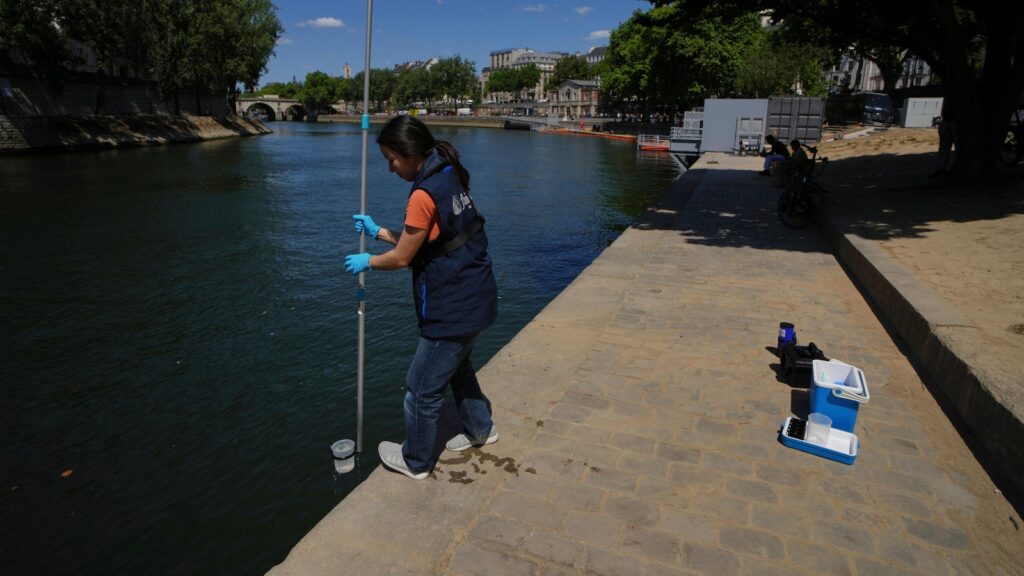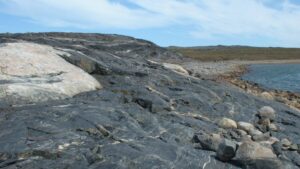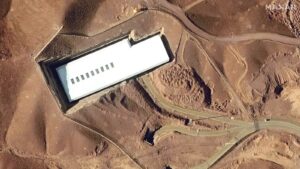
PARIS — For the first time in over a century, Parisians and tourists are preparing to enjoy a refreshing swim in the Seine River. This historic reopening follows a massive cleanup project that transformed the long-polluted waterway into a suitable venue for Olympic competitions last year.
Three new swimming sites along the Paris riverbank are set to open on Saturday, including locations near the iconic Notre Dame Cathedral, the Eiffel Tower, and in eastern Paris. This development is part of the ‘Paris Plages’ event, running from July 5 to August 31, and marks a significant milestone in the city’s environmental efforts.
The Journey to a Cleaner Seine
The Seine played a starring role during the Paris Olympics, hosting events such as the triathlon and marathon swimming competitions. However, these events faced challenges, including rain-induced bacteria spikes that postponed some competitions. Despite these hurdles, Paris authorities are confident that the river is now safe for public swimming, with water quality results consistently meeting European standards.
“It’s a symbolic moment when we get our river back,” said sports coach and influencer Lucile Woodward, who will participate in the first amateur open water competition in the Seine on Sunday morning. Woodward, who previously swam in the river alongside Paris Mayor Anne Hidalgo, expressed optimism about the public’s response.
A Monumental Cleanup Effort
The reopening of the Seine for swimming is the culmination of a 1.4 billion-euro ($1.5 billion) cleanup initiative. In preparation for the Olympics, authorities implemented new disinfection units and constructed a massive storage basin to prevent bacteria-laden wastewater from entering the river during rainfall. Houseboats were required to connect to municipal sewer systems, and upstream homes redirected their wastewater to treatment plants.
Paris Deputy Mayor Pierre Rabadan assured that water quality is monitored daily, with flags indicating whether swimming is safe. “Green means the water quality is good. Red means that it’s not good or that there’s too much current,” he explained. Since early June, tests have generally complied with European regulations, with only minor exceptions due to rain and boat-related pollution.
Expert Opinions and Public Perception
Despite these efforts, some experts and locals remain cautious. Dan Angelescu, founder and CEO of Fluidion, a water monitoring technology company, has independently tested the Seine’s bacterial levels for years. He acknowledges that while current regulations are met, the testing methodology may undercount bacteria.
“The water quality in the Seine is highly variable,” Angelescu noted. “There are only a few days in a swimming season where I would say water quality is acceptable for swimming.”
Some Parisians share this skepticism, often deterred by the river’s murky appearance and floating debris. Enys Mahdjoub, a local real estate agent, expressed reluctance, citing concerns about cleanliness rather than safety.
Historical Context and Future Aspirations
Swimming in the Seine has been prohibited since 1923, primarily due to pollution and navigation hazards. Although the river is now open for swimming within designated areas, safety remains a priority, with lifeguards on duty and age restrictions in place.
Clea Montanari, a project manager in Paris, views the reopening as a dream come true. “It’d be a dream if the Seine becomes drinkable, that would be the ultimate goal, right? But already swimming in it is really good,” she said.
Looking Ahead
The reopening of the Seine for public swimming represents a significant achievement for Paris, showcasing the potential for environmental restoration and community engagement. As the city continues to monitor and improve water quality, the Seine’s transformation serves as an inspiring example of how sports and environmental initiatives can drive long-term benefits.
As Parisians and tourists take their first dips in the historic river, the success of this initiative will likely influence future projects aimed at revitalizing urban waterways worldwide.







